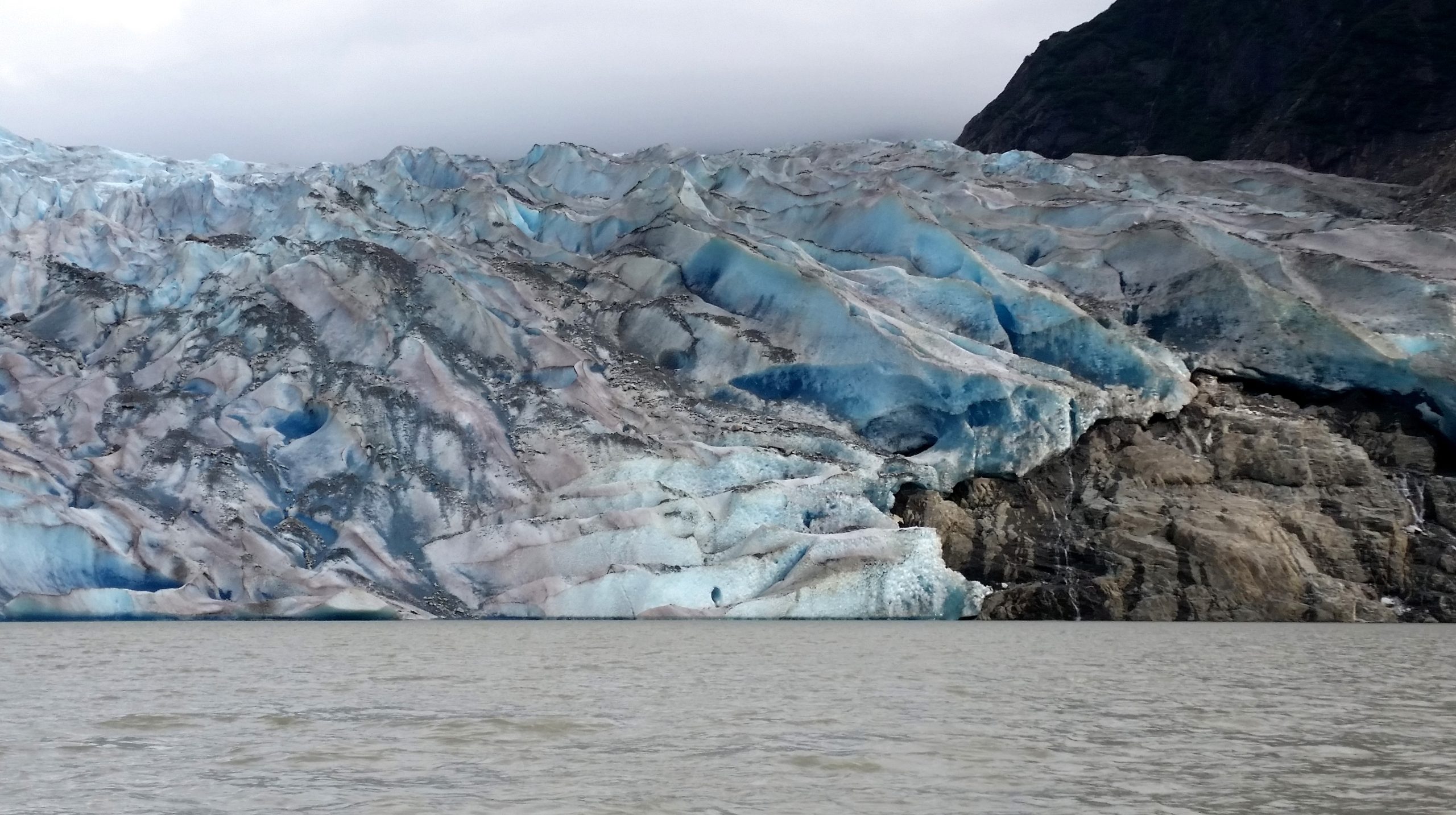Nine years ago, the Obama Environmental Protection Agency issued an “Endangerment Finding.” It claimed that methane leaks from natural gas production and pipelines, and manmade carbon dioxide emissions from burning fossil fuels, cause dangerous global warming that...
Dennis Avery
Back From the Brink of Extinction: Woods bison, muskeg swamps and Canadian oil sands prove energy and wildlife coexist
The last woods bison in the United States was apparently shot by a hunter in West Virginia around 1835. For many decades, the woods bison was presumed extinct – until an airplane spotted an isolated herd in the muskeg swamps north of Alberta, Canada. I was delighted to actually see another herd of the nearly extinct animals calmly munching on hay – right in the middle of the oil sands mining project in northern Alberta, which I visited a few weeks ago. Much of this oil is destined for the USA, to reduce imports from dictatorships, and more will come in the Keystone XL Pipeline, if President Obama ever approves it.
The Future of Farming: – Dennis Avery, Director of the Center for Global Food Issues at the Hudson Institute
Tomorrow’s farming will look like today’s, only more so. Crop and livestock yields per acre must triple again to protect wildlife habitat. Biotechnology will be increasingly vital. Confinement feeding will be even more important, to leave room for wildlife. Organic will prove to be a fad, as will locovores and vegetarians. Activists will be less credible than over the past 50 years.
The Shape of Tomorrow’s Farming
Farming intensity must triple on the best land, in order to protect the poorer land which houses three-fourths of the wild species. Good farmland will become even more important, as one of the scarcest resources.
Featured News
Canadian Property Rights Index 2023
A Snapshot of Property Rights Protection in Canada After 10 years
Alberta Politics and Empty Promises of Health-care Solutions
The writ has been dropped and Albertans are off to the polls on May 29. That leaves just four weeks for political leaders and voters to sort out what is arguably the most divisive, yet significant, issue for this election - health care. On Day 2, NDP leader Rachel...
We Need Another Green Revolution
The best news is that high-yield farming will serve humanity and protect our forests whether the climate warms or cools. We ardently agree with Katherine Sierra that science—especially biotechnology—offers the best hope of being able to feed 8-10 billion people (up from the current 6.5 billion) in 2050.
BioFuels – With Dennis Avery
Listen to Dennis Avery speak about the future of bio fuels here. (23 minutes)
Organic Food and Humvees Are Both Eco-Wasteful
It takes organic farmers roughly twice as much land to produce a ton of food, primarily because they refuse to use nitrogen fertilizer to replace the nitrogen taken from the soil by their growing crops. That means huge tracts of land must be used to “grow nitrogen,” either as cattle pasture or planted to non-food legumes such as clover and hairy vetch.
